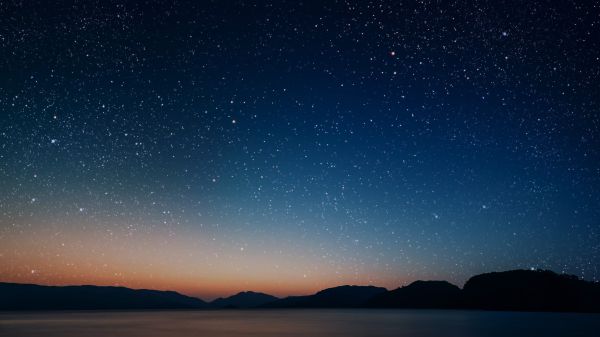Speculative Thinking in K–12 Education

This blog post was written by Bethany Kogut, moderator of the K–12 EE eePRO Group.
When was the last time you played? When was the last time you imagined? Or dreamed big without holding back? When was the last time you speculated about something being different than it is? I find that in my day to day life, I don’t set time aside for these actions. They are so powerful in allowing us to see things differently and self-determining our role in that different way. The power of speculation is increasingly sparse in the day to day of adults, and although it comes more naturally to youth, it rarely shows up in educational opportunities.
When Imagination Leads the Way
Speculation is a practice that allows you to theorize or think about a given scenario without firm evidence. By definition, speculation doesn’t have firm evidence, but this doesn’t mean that the ideas are ill-informed. Dra. Anastasia Sanchez roots her classroom based Social Focus Framework approach with speculative culminating activities. She shares in her chapter in Reimagining Science Education in the Anthropocene, Volume 2, that speculation builds on our’s and student’s ability to analyze the systems around us with a critical consciousness and especially in how we think about science as it is and how it can be utilized with the values of reciprocity, relationality, and responsibility. Speculating in this way challenges the definition and gives opportunity to question the evidence that is available and even allows us to unpack what evidence we may not know about because we are designed not to.
Speculation can be used to dream up different futures, to reimagine the relationships we hold, or to assign different values to our practices and societal norms. One of my favorite examples of this is a collection of short stories that explore climate futures titled Afterglow: Climate Fiction for Future Ancestors. These stories come from a contest organized by Grist every year that allows people to speculate what they think a climate future could look like in the year 2200. You can read and listen to these stories at the Grist website. These stories amplify speculative ideas like a world where land, air, water, and multispecies like plants, animals and insects have a say in decision-making. Or where success is a measure of process and experience, rather than product, progress, or profit.
It All Starts With “What If…”
When we are speculating it is helpful to have some guiding questions and a great place to start is the good old ‘what if…’ question. These questions naturally stretch our imagination and innately cause us to reflect on how things are and how they could be different.
The tricky thing about speculating is that we frequently will catch ourselves saying “That’s impossible.” When this happens, it is vital to ask yourself why. This helps to identify what are the systems and structures that are getting in the way and how can we re-design those to be focused on healthier futures for all. Our world is the way it is because someone dreamed it up to be this way, or many people.
So, know that your speculations allow you to see how things can be different, and to pour energy into that vision.
Your Turn to Dream
Now that you’ve had a quick dive into speculation, let’s give it a try! Grab a piece of paper and a pen or pencil. Put on one of your favorite songs that is guaranteed to lift your spirits. The following questions will guide the process. Read one question, then sketch a bit. When you need a little more inspiration, come back for another question. Remember, if you catch yourself saying, “That’s not possible,” unpack what might be getting in the way and needs to be redesigned, reimagined, or restructured. Ready?
- What is the future you aspire for generations forward?
- What if we value other species?
- What if nature inspires our ideas?
- What if we take care of each other?


